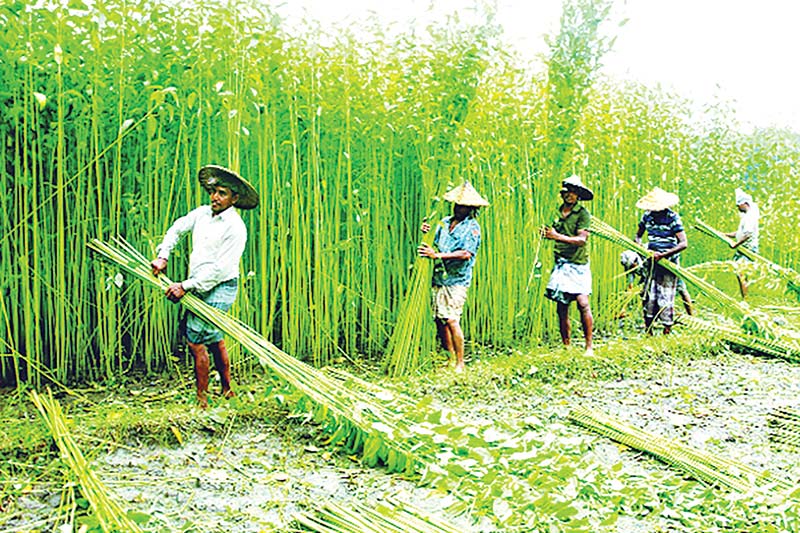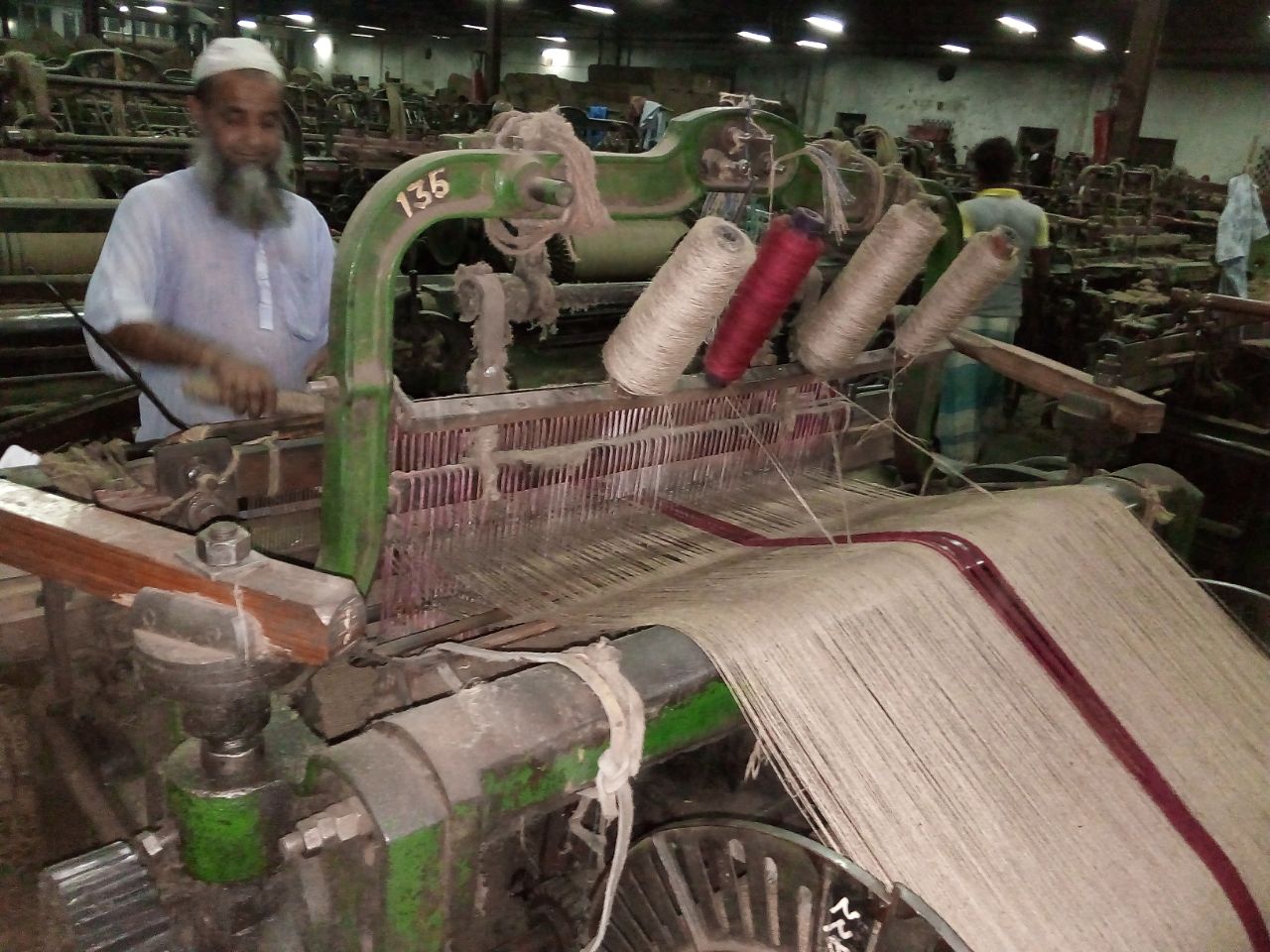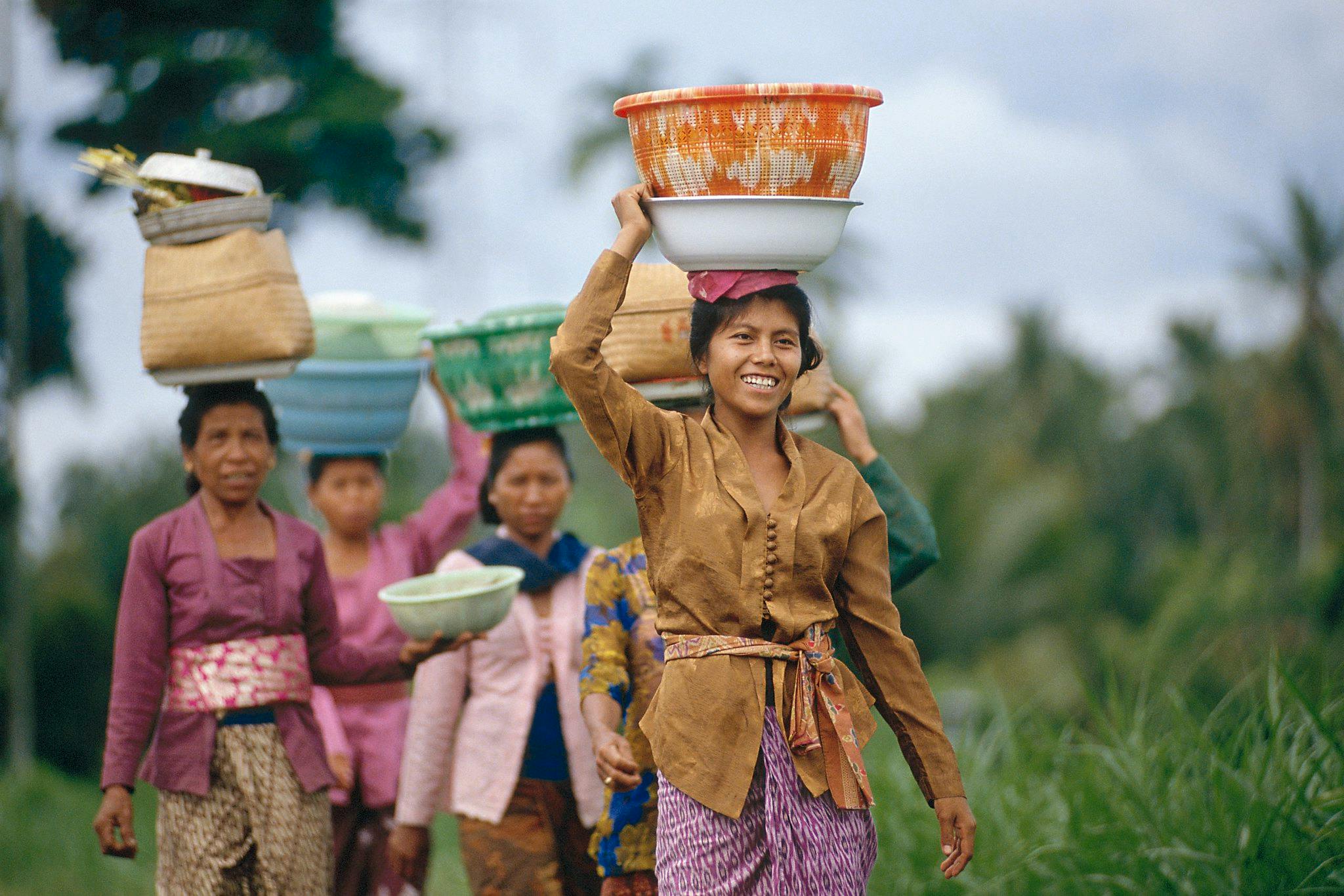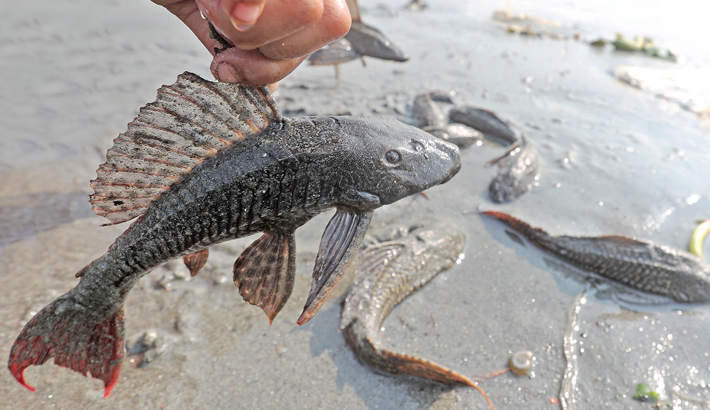What is Jute:
Jute is a vegetable plant? Jute is an Economical Plant? Jute is a fish meal? Jute is a Soil treated plant? Jute is Herbal Plant? Jute is a Drink resource plant? Jute is an Industrial Plant?
All above is correct. Don’t you believe? Let’s start discussion. I will prove it.
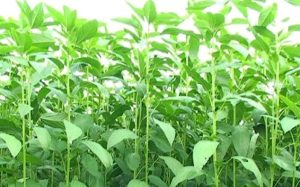
Let’s start from Jute Stalk:
Coal is being produced commercially from jute. Fireworks, Carbon Paper, Printer & Photocopier Ink, Mobile Batteries, Facewash Materials & Cosmetics, Water Filters, Toxins, Life Saving Products, Fertilizers & Dental Cleaners Is done.
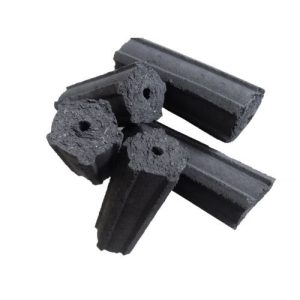
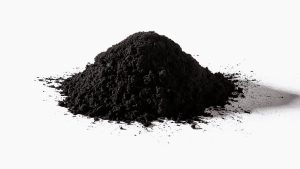
The charcoal of Jute stalk import countries are Japan, Brazil, Turkey, United States, South Korea, Taiwan, Canada, Mexico. In addition to charcoal or coal, activated carbon can be produced from jute. It is in great demand in water purification plants in Europe.
Jute Tee
Leaves are to be collected from jute trees. Tea is made by drying and powdering it in sunlight. Then the drink made from there can be mixed with sugar or honey as required. In 2016, Bangladesh Jute Research Institute started production of this tea. Later another company started exporting it to Germany as organic tea. It is now being exported to the markets of England, Sweden and France.
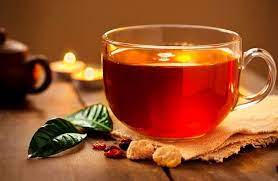
Jute Leaf is as vegetables:
In this sub-continent Jute leaf is very popular as delicious vegetable. This vegetable is not popular only in Bangladesh but in whole world. The Egyptians chopped jute leaves and cooked lamb with garlic. The name of this popular dish is Molokhia. In Cyprus, too, jute leaves are chopped into tomato stew. ‘Bai Po’ cooked with jute leaves is also a very popular dish in Thailand. In Sierra Leone it is boiled with jute leaves with a pudding called ‘fufu’. In the Caribbean island of Haiti, a dish called ‘Lulu’ made with crab, jute leaves and lemon juice is very popular.
Tea or vegetable whatever it is used, Jute is a herbal plant.
In 100 gm leaf you will get:
Carbohydrate-12.6 gm
Protein-2.6 gm
Fat-0.01 gm
Ca-113 mg
Vit A-11700 micro gm
Vit-B-0.19 mg
Energy – 62 k.cal
Vegetable and drinks from Jute is helpful for:
- Blood decently
- Digestion problem
- Urine infection
- Acidity
- Fever
- Lever
- High Blood pressure
- Cancer
- Diabetic
- Control bad cholesterol
Disease prevention elements:
- Beta Carotene
- Thiamine
- Vitamin-A, B, C
Cleopatra eats Jute leaf soup to increase her skin glamour.
Oxygen supply machine:
One hectare of jute field draws about 13.6 tons of carbon dioxide and releases 10 tons of oxygen into the atmosphere. About 10 million leaves fall per jute field. These fallen leaves combine with rotting soil to increase the fertility of the soil. Jute actually makes the land so productive that paddy can be cultivated on the same land immediately after jute cultivation.
Job involvement
In Bangladesh, 25 million people depend on jute for their livelihood.
Tin made of jute: Mubarak Ahmad Khan recently invented jute-tin with the help of jute. Jute-tin is much lighter and stronger, louder than iron sheets. It does not rust. Jute-tin can also be used to make furniture, mobile clinics or other commercial buildings Bricks and concrete will not be needed.
Jute is a Sophisticated industrial raw material:
Large automobile companies such as Ford and Toyota use 100,000 tons of jute each year to make heavy carpets and seats. Jute is now used in South Korea and Germany to make glass fibers and also to make car doors. Even then, only 10 percent of the jute used in the automobile industry comes from Bangladesh.
Bio diversified Product
The major manufactured products from jute fiber are: Yarn and twine, sacking, hessian, carpet backing cloth, shopping bag and as well as for other textile blends. It has high tensile strength, low extensibility, and ensures better breathability of fabrics.
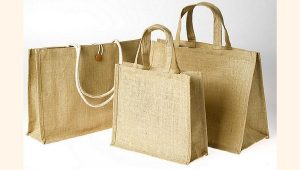
To fertile land:
When you cultivate Jute in a land, the jute leaf drops on the land and mix the rotten leaf with the soil. So that, the soil gets such a fertility so that paddy can be cultivated without fertilizer.
For Fisheries
In the pond where jute is kept for Retting, the growth of fish of that pond is good. It has been observed that in all the ponds where jute is kept for retting, a lot of zooplankton grows there. This zooplankton is suitable food for fish. There is no need to feed fish for one year in those type of pond. But the amount of Jute should not be more than 15-20 kg in one decimal land.
Now come to the main useful parts of the Jute: That is fiber. What are made by fiber. Just count it….
Dr. Rumman Shafi Quaderi, PhD

